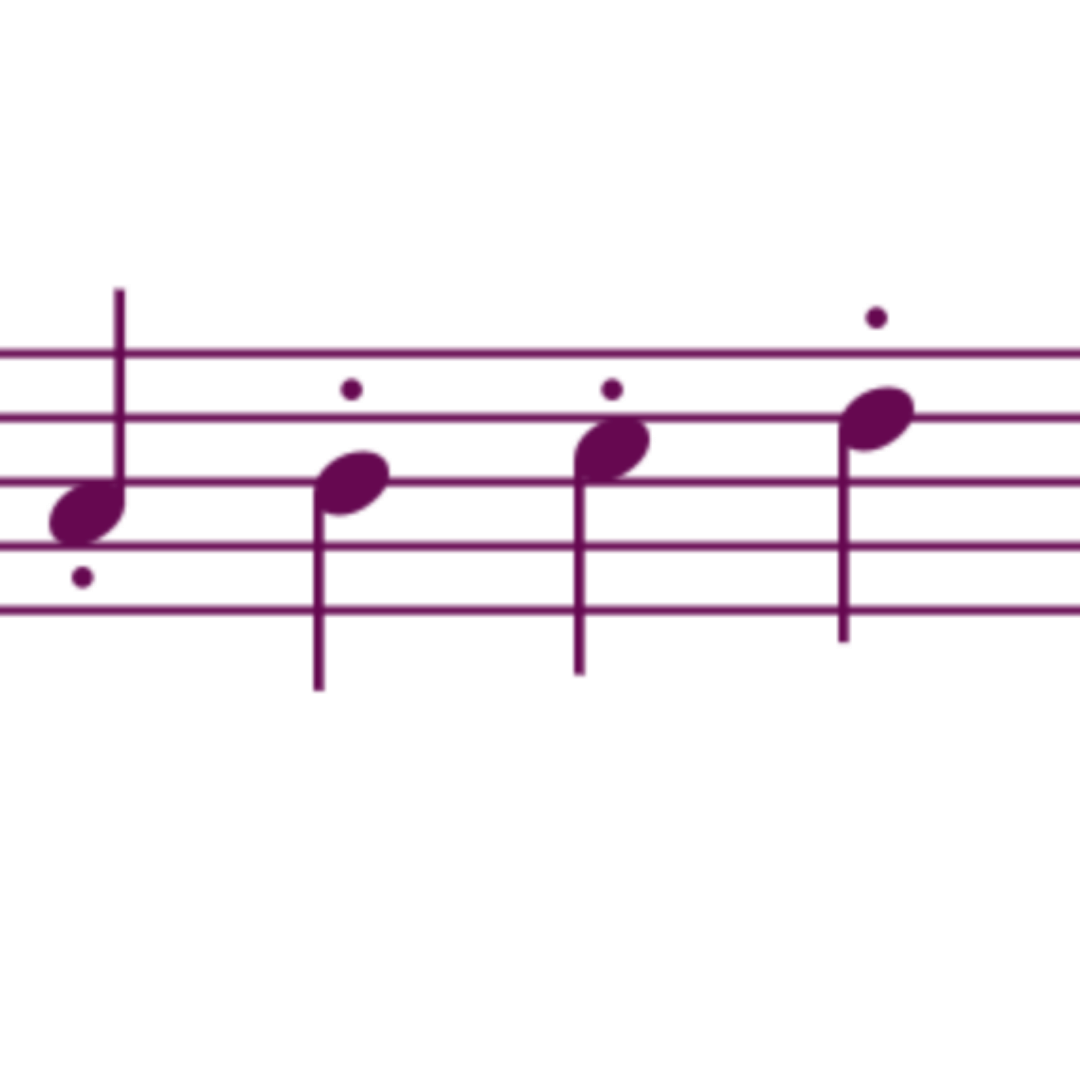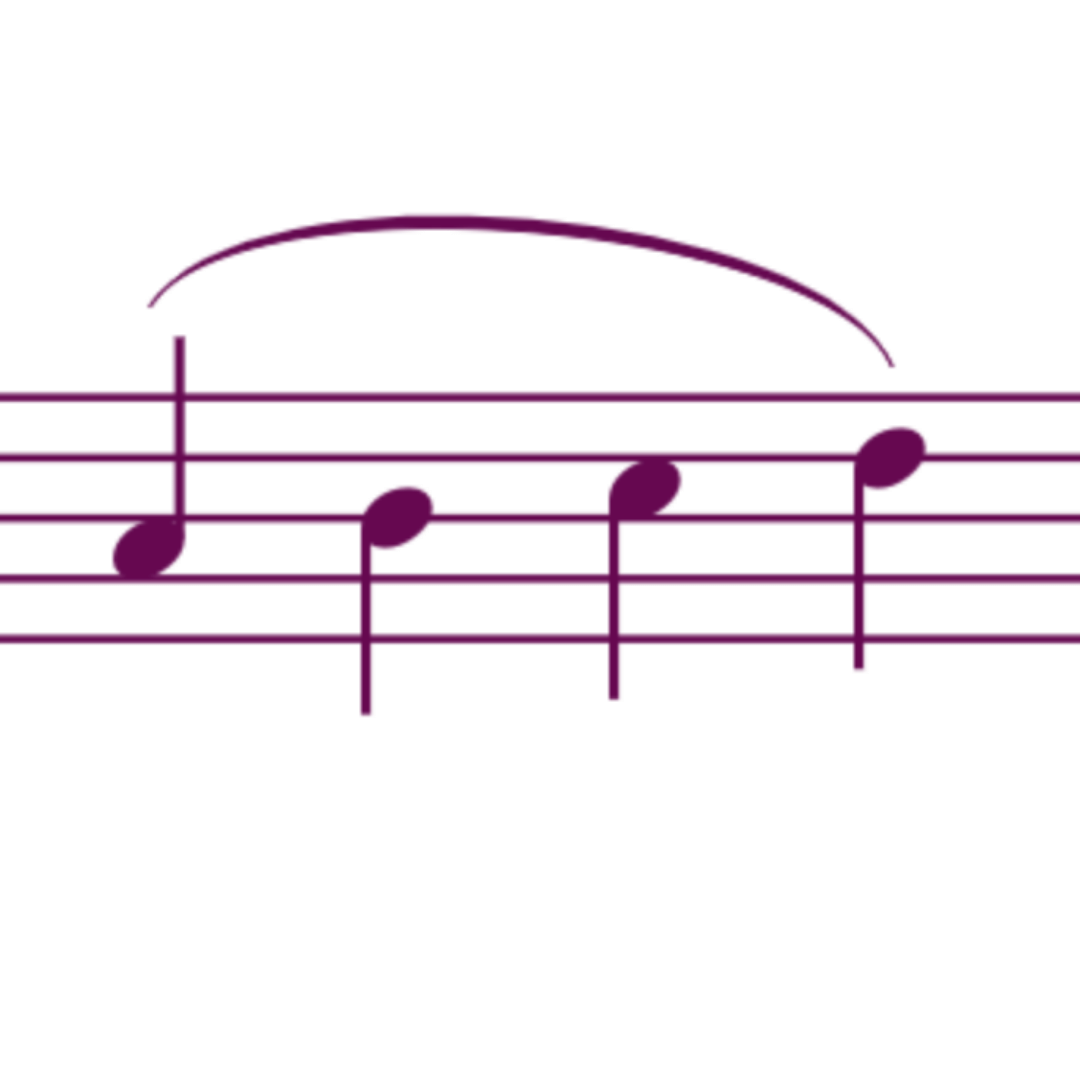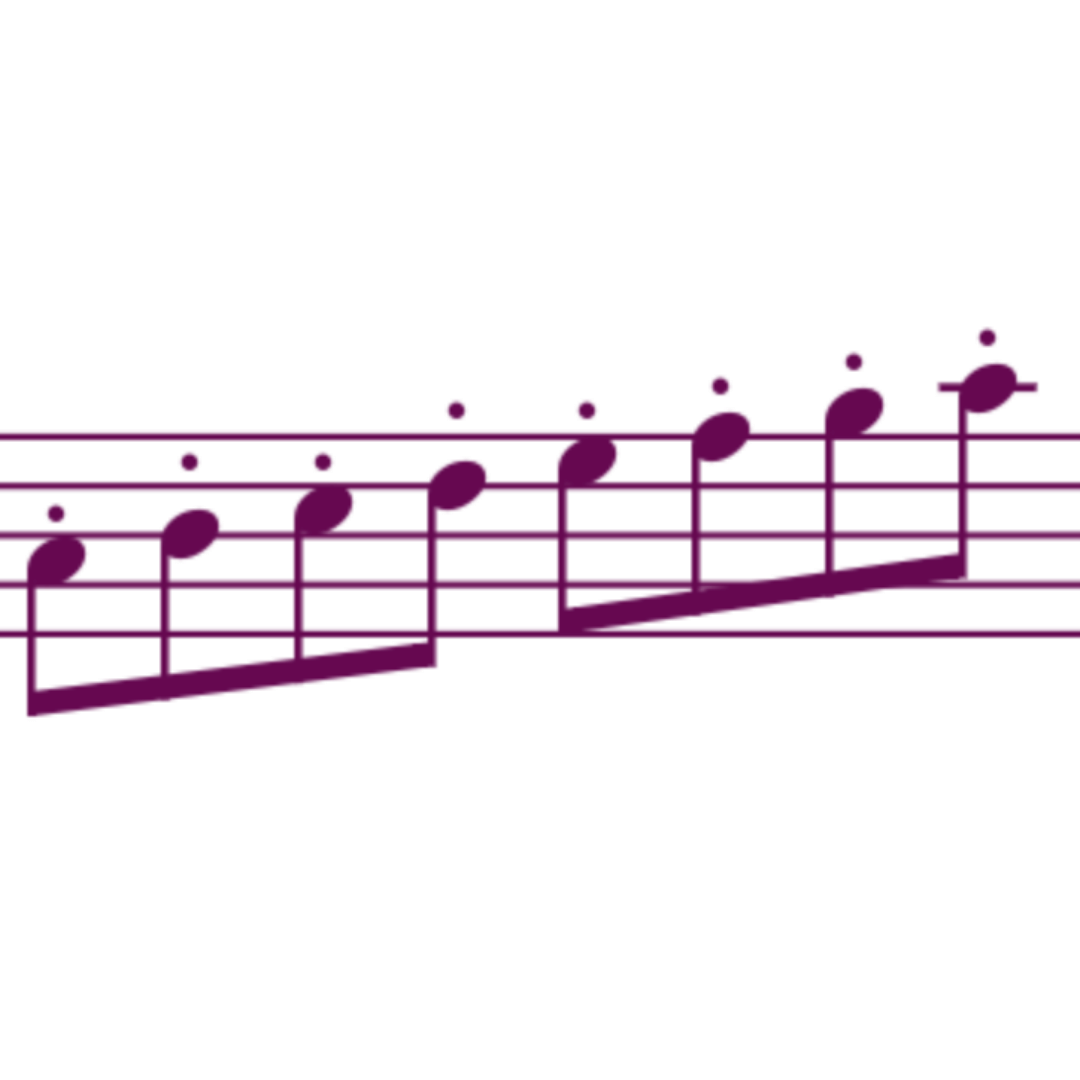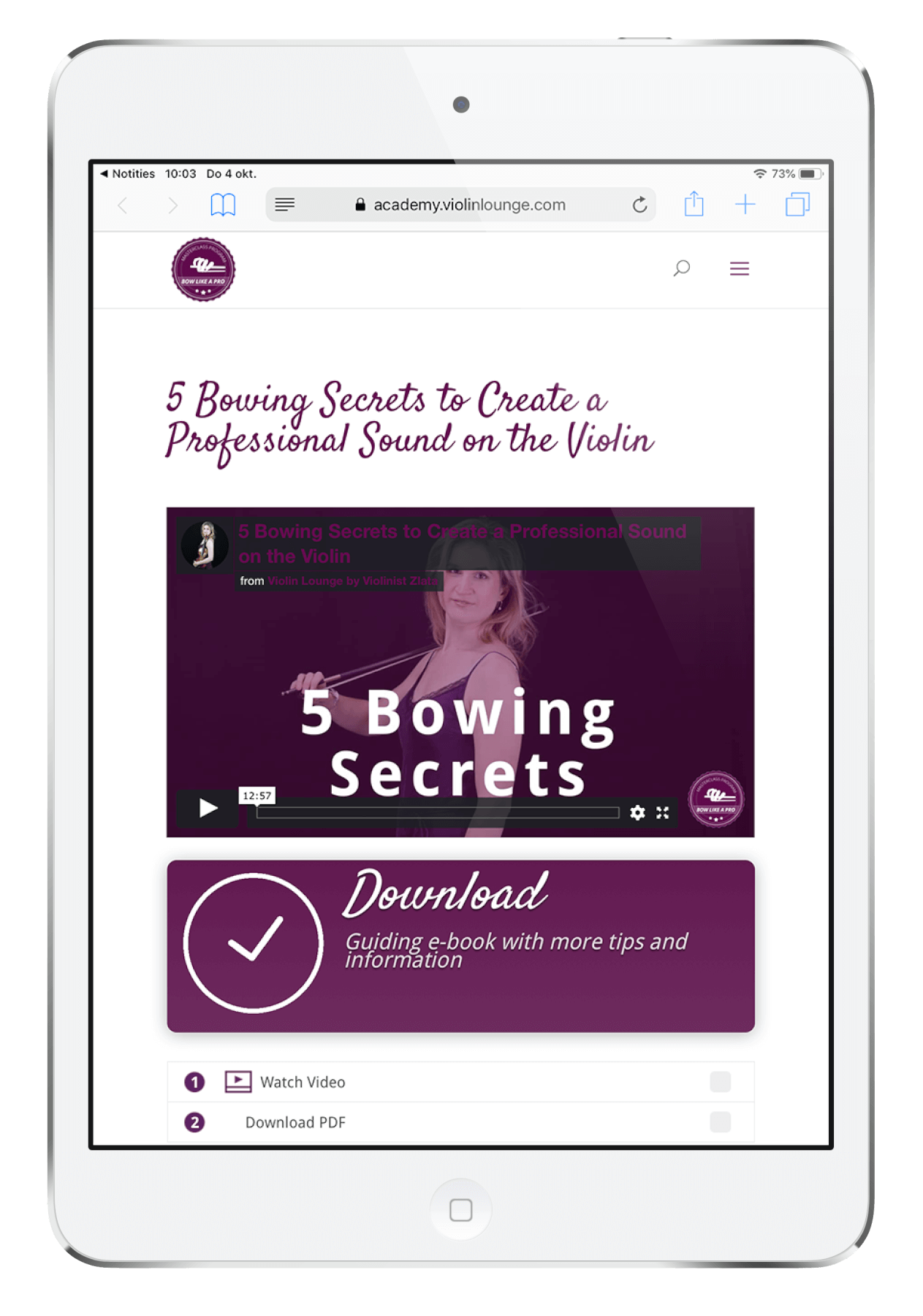6 Basic Beginner Bow Strokes you Learn on the Violin | Violin Lounge TV #457
Most common violin bowing techniques with practice tips, examples, symbols and free sheet music:
Learn 6 different bowing techniques on the violin
Are you overwhelmed by all the bowing terms and symbols?
In this video I teach you the 6 basic beginner bow strokes you should learn on the violin with some repertoire tips to study them.
If you master these 6, you can play most violin pieces AND you’ll easily learn all the other bowing techniques as they are derived from them.
Scroll down for free sheet music downloads of all the pieces and etudes I mention in the video.

Detaché: default violin bow stroke
Detaché means unattached. You play the notes in their full length and play one bow stroke per note. You could see this as default bowing. In the sheet music you see no particular symbol for detaché.

Staccato violin bow stroke
Some learn staccato even before detaché. You play the notes about half their length and stop the bow at the bow changes. It’s like you play detaché and pause yourself. You can apply it to Wohlfahrt etudes (download below) and even to twinkle twinkel variations in Suzuki book 1.

Martelé violin bow stroke
Martelé sounds a little similar to staccato, but in martelé you make a clear accent at the beginning of the bow stroke. You catch the string, release it at the beginning of the bow stroke and let the bow travel. A great piece to practice these accents is the Indian Concertino by Perlman (free download below).

Legato violin bow stroke
Slurred bowing
If you see a slur above the notes, this means that you play those notes on one bow stroke. It’s important to keep bowing smoothly and to articulate clearly with your left hand fingers. A great piece to practice this is Rieding concerto op 35.

Portato or Louré violin bow stroke
Just as in legato bowing technique, in portato (or French: Louré) you play the notes under the slur on one bow stroke. However in portato the notes are separated by a little stop, an index finger accent and/or a vibrato accent.
Learn all about the different portato techniques in this video about parlando. Portato, hooked bowing and broken slurs? I explain all about it in this video.
You come across portato in ‘My heart will go on’ (click here for my tutorial) and the third movement of Küchler op 11 (see below).

Spiccato violin bow stroke
This is the first off the string violin bowing technique that you learn. Also it’s the first semi-passive bow technique: you use the natural bounce of the bow and your fingers follow. In the video above I explain two ways to practice this: from letting the bow bounce and from a put-down spiccato or collé.
A great piece to practice spiccato and all the other bow techniques I covered here is the Concertino in the style of Mozart by Millies (free download below).
The best place on the bow to do spiccato depends on the speed, but generally is a bit above the balance point of the bow:

Free sheet music downloads
Easy concertos in the first position:
The Küchler concertino is a great piece for detaché. Rieding is good for legato. Perlman’s Indian concertino is good for martelé accents. Millies is great for spiccato and combining al bow techniques once you’ve mastered them in scales, etudes and exercises.
Is this helpful?
Support my work by sharing it on Twitter:
Improve your violin bowing technique
Enjoy my FREE mini Masterclass 5 Bowing Secrets to Create a Professional Sound on the Violin

Hi! I'm Zlata
Classical violinist helping you overcome technical struggles and play with feeling by improving your bow technique.
Easy violin etude books:
Free downloads
Learn more about violin bowing techniques:
Learn the Parlando bowing technique on the violin and learn all about the difference between that and portato.
Are you a bowing technique nerd like me? Watch this video with 24 different violin bowing techniques with examples and symbols.
Looking to learn more about smooth bowing and an effective violin bow hold? Watch this video with bow technique close up and slow motion.
Share your insights and questions in the comments:
12 Comments
Trackbacks/Pingbacks
- Can I Teach Myself To Play Violin? - Toccataena - […] The bow is a violinist’s primary tool for producing sound, and mastering bow control is essential for achieving a…


Thank you so much. I have not picked up my violin in months and hopefully this will encourage me to get back to it. I get discouraged as I feel my playing is never getting to a new level.
I will give this a try.
appreciate you helping those of us who lack confidence. :))
You are an amazing teacher!
I’m so happy this is helpful, Laurel, enjoy the music!
Thanks for all the videos you put out to us. You have always been an encourager to all of us. I hope to take one of your lessons one day. Thanks again and always love your smile.!!!
Thank you, Luvenia, happy to help!
That I will also get to practice at least 15 min with these brief instructions.
In particular, “In portato, however, the notes are separated by a small stop, an index finger accent and/or a vibrato accent…” should be another impetus for me to keep practicing the violin.
Wonderful, Marie!
Thank you for making a confusing topic easier to grasp. What is the difference between staccato and spiccato? They both have dots above the notes.
Staccato is on-the-string and active and spiccato is a jumping bow technique. It depends on the musical context and history what to choose.
How do you know whether to do staccato or spiccato if it isn’t marked in the music?
The musical context and performance tradition: see if you can find performances and look what they do.
I just discovered this site, thanks so much Zlata. 🙂 I was actually researching Wolf shoulder rests, and found your video. I did not know they were a Dutch based organization! I definitely love this page of yours. Wonderful! – Erik in San Diego
You’re so welcome, Erik!